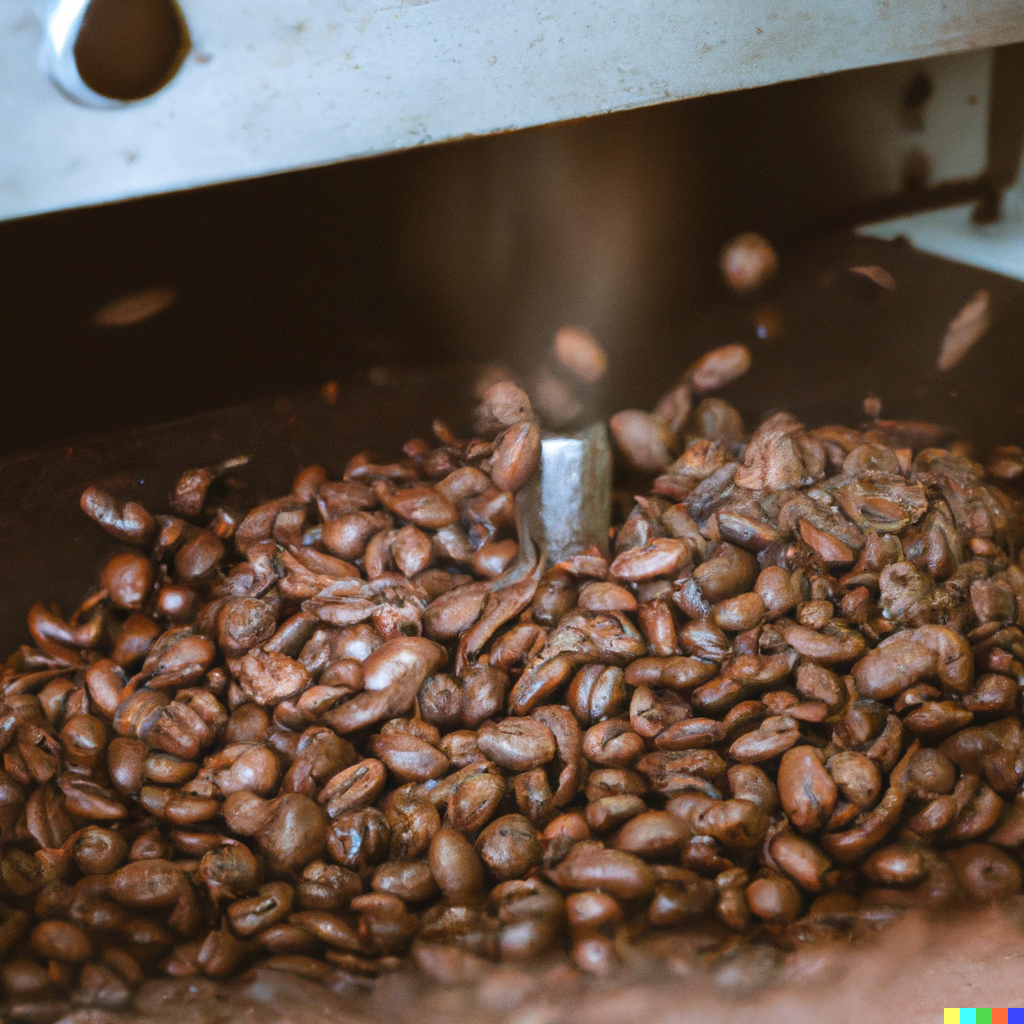About Caffeine Intake
Posted on 2月 10 2023,
The caffeine content of a cup of coffee can vary depending on the brewing method used. Some methods, such as drip brewing and French press, tend to extract more caffeine from the coffee beans than others.
Drip brewing, also known as filter brewing, is the most common method of making coffee in the United States. It involves pouring hot water over ground coffee beans that are held in a filter, such as a paper or metal filter. The water is then collected in a carafe or pot, and the coffee is ready to be served. Drip brewing tends to extract a moderate amount of caffeine from the beans, typically around 95 milligrams per 8-ounce cup.
French press, also known as cafetière or coffee press, is a method of making coffee in which ground coffee beans are steeped in hot water, and then separated from the water using a metal or nylon mesh filter. The French press method tends to extract more caffeine than drip brewing, as the coffee grounds are in contact with the water for a longer period of time. A cup of French press coffee can contain around 80-130 milligrams of caffeine.
Espresso is a method of brewing coffee in which hot water is forced through finely ground coffee beans under high pressure. Espresso is typically served in small portions, usually in 1-2 oz shots, making the caffeine content per serving quite high, around 40-75 milligrams per shot.
Cold brew, is a method of brewing coffee that involves steeping coarsely ground coffee beans in cold or room temperature water for an extended period of time, usually 12-24 hours. Cold brew coffee tends to be less acidic and less bitter than hot-brewed coffee and tends to have less caffeine content per serving, around 65 milligrams per 8-ounce cup.
It's worth noting that the caffeine content can also vary depending on the type of coffee bean used, the roast level, and the serving size. So does knowing the amount of caffeine affect your decision on the choice of brewing method?



0 comments